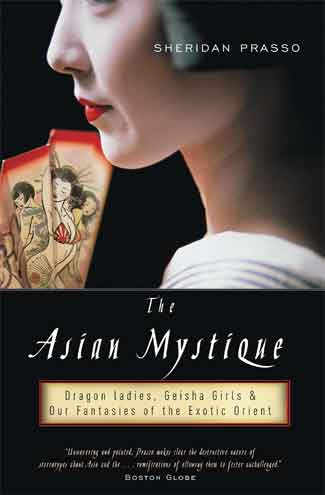Books
The Asian Mystique: Dragon Ladies, Geisha Girls, & Our Fantasies of the Exotic Orient
Few Westerners escape the images, expectations and misperceptions that lead us to see Asia as exotic, sensual, decadent, dangerous, and mysterious. Despite — and because of — centuries of East-West interaction, the stereotypes of Western literature, stage, and screen remain pervasive icons: the tea-pouring, submissive, sexually available geisha girl; the steely cold dragon lady dominatrix; as well as the portrayal of the Asian male as effeminate and asexual. These “Oriental” illusions color our relations and relationships in ways even well-respected professional “Asia hands” and scholars don’t necessarily see.
The Asian Mystique lays out a provocative challenge to see Asia and Asians as they really are, with unclouded, deeroticized eyes. It traces the origins of Western stereotypes in history and in Hollywood, examines the phenomenon of ‘yellow fever,’ then goes on a reality tour of Asia’s go-go bars, middle-class homes, college campuses, business districts, and corridors of power, providing intimate profiles of women’s lives and vivid portraits of the human side of an Asia we usually mythologize too well to really understand. It strips away our misconceptions and stereotypes, revealing instead the fully dimensional human beings beyond our usual perceptions. The Asian Mystique is required reading for anyone with interest in or interaction with Asia or Asian-origin people, as well as any serious student or practitioner of East-West relations.
“An invaluable follow-up to Edward Said’s landmark ‘Orientalism’ – incisive, probing, and wonderfully readable… the equivalent of a page-turning potboiler.”
— David Henry Hwang, author of M Butterfly
“…a highly provocative book that challenges the cultural and political stereotypes of Asia that have dominated Western thinking.”
—Elizabeth C. Economy, Director, Asia Studies, Council on Foreign Relations
“…a compelling study… Prasso is realistic about the dynamics of power and sensitive to the vagaries of culture and sexuality. Her energetic reporting and depth of experience in Asia enable her to identify the superficial cultural practices that generate misunderstandings…”
—Los Angeles Times

